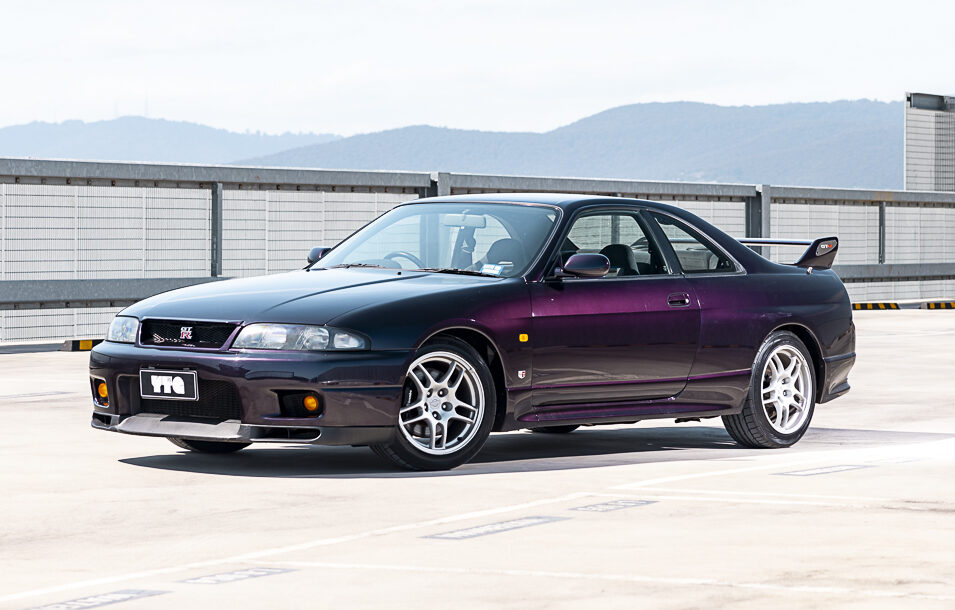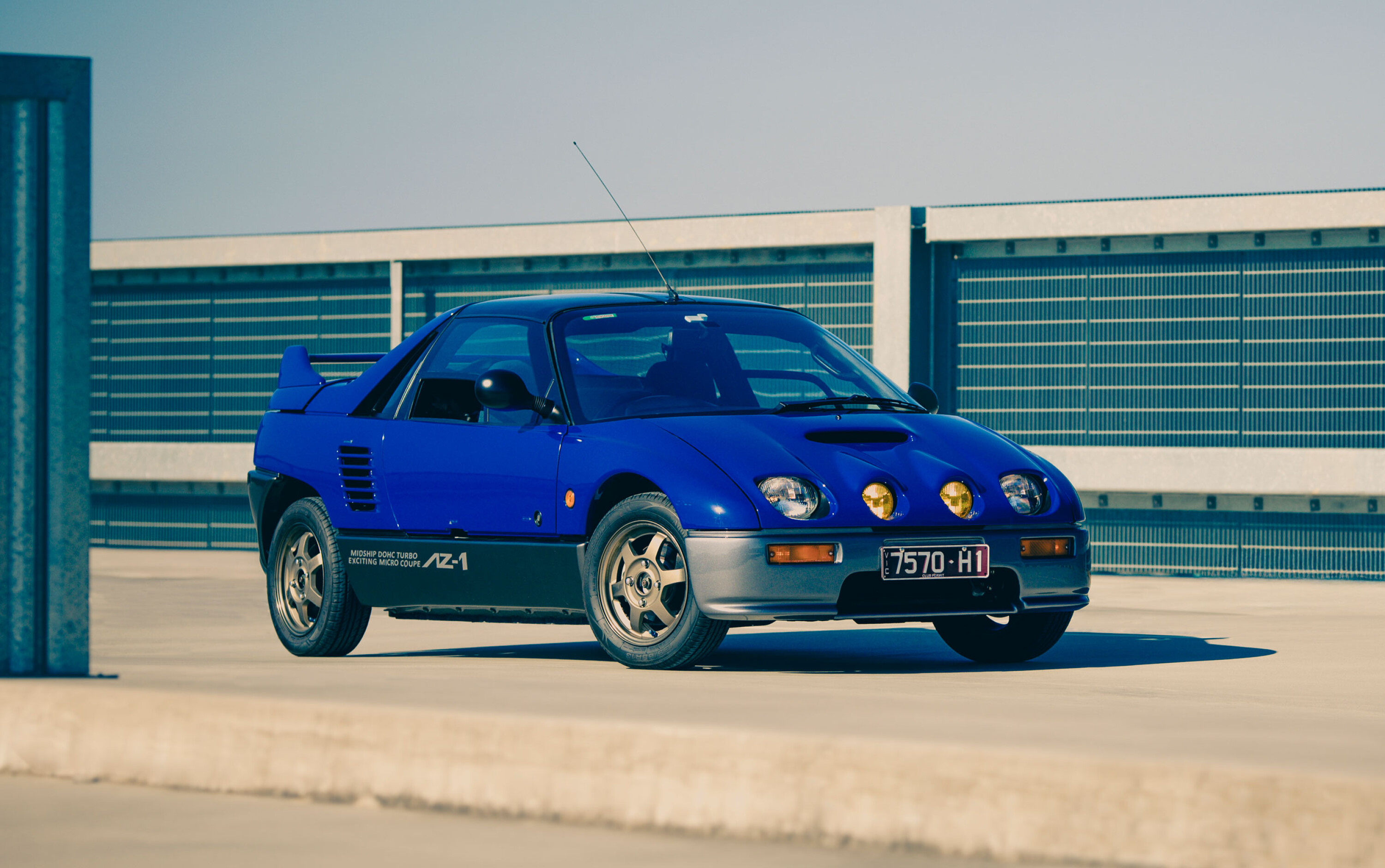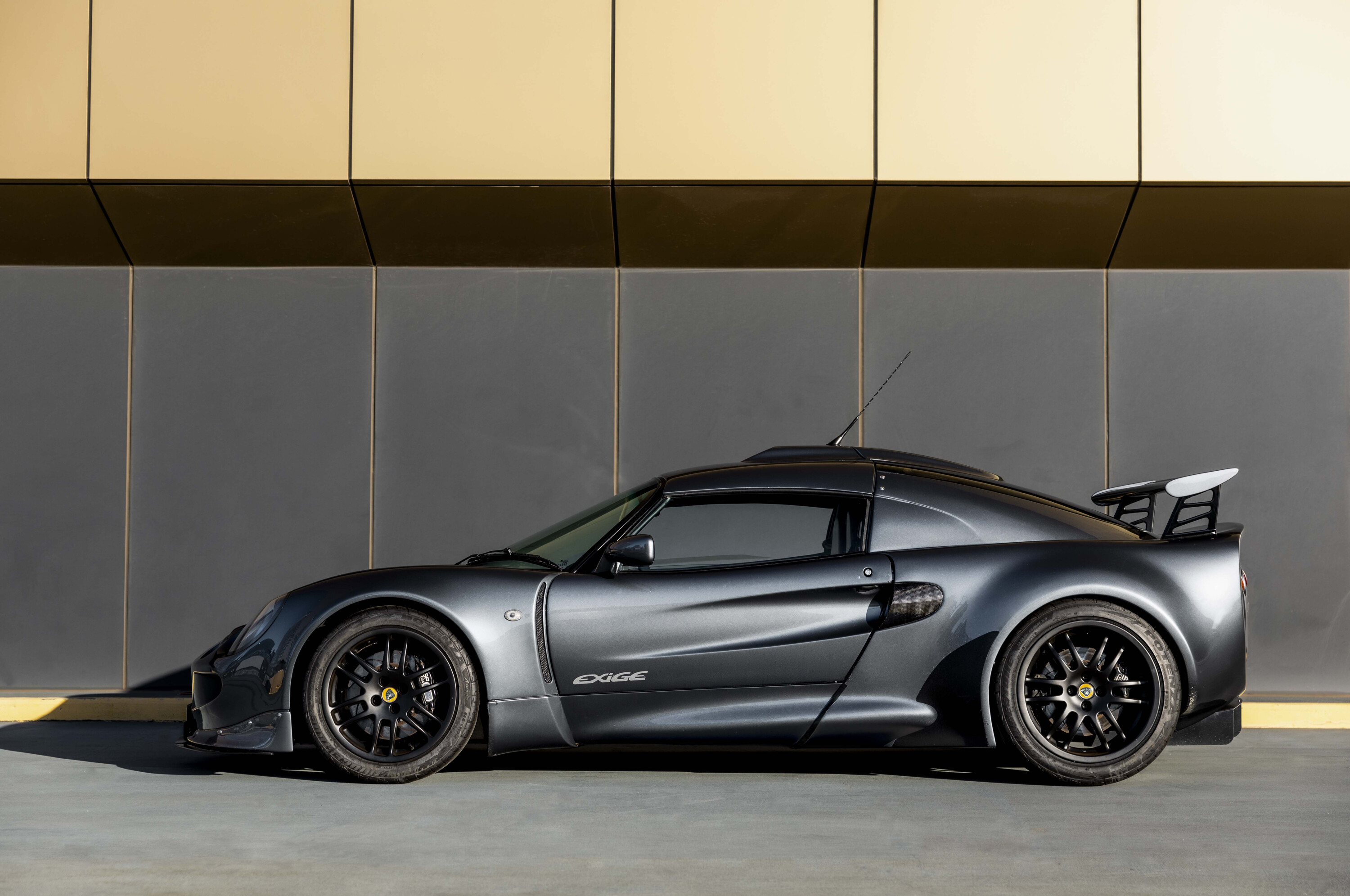01 – ZF 8HP Transmission
2009 – BMW 760Li
For a while it looked as if the dual-clutch transmission would retire the flabby old torque converter auto, right? Not so fast, hoss. Zahnradfabrik Friedrichshafen, or ZF to most of us, had other ideas.
The company that was originally formed to produce gear wheels for Zeppelins developed a compact eight-speed transmission with four planetary gearsets, three clutches and two brakes that could shift gears in as little as 200 milliseconds with a beautifully oiled slickness that suddenly made DCTs seem clunky.
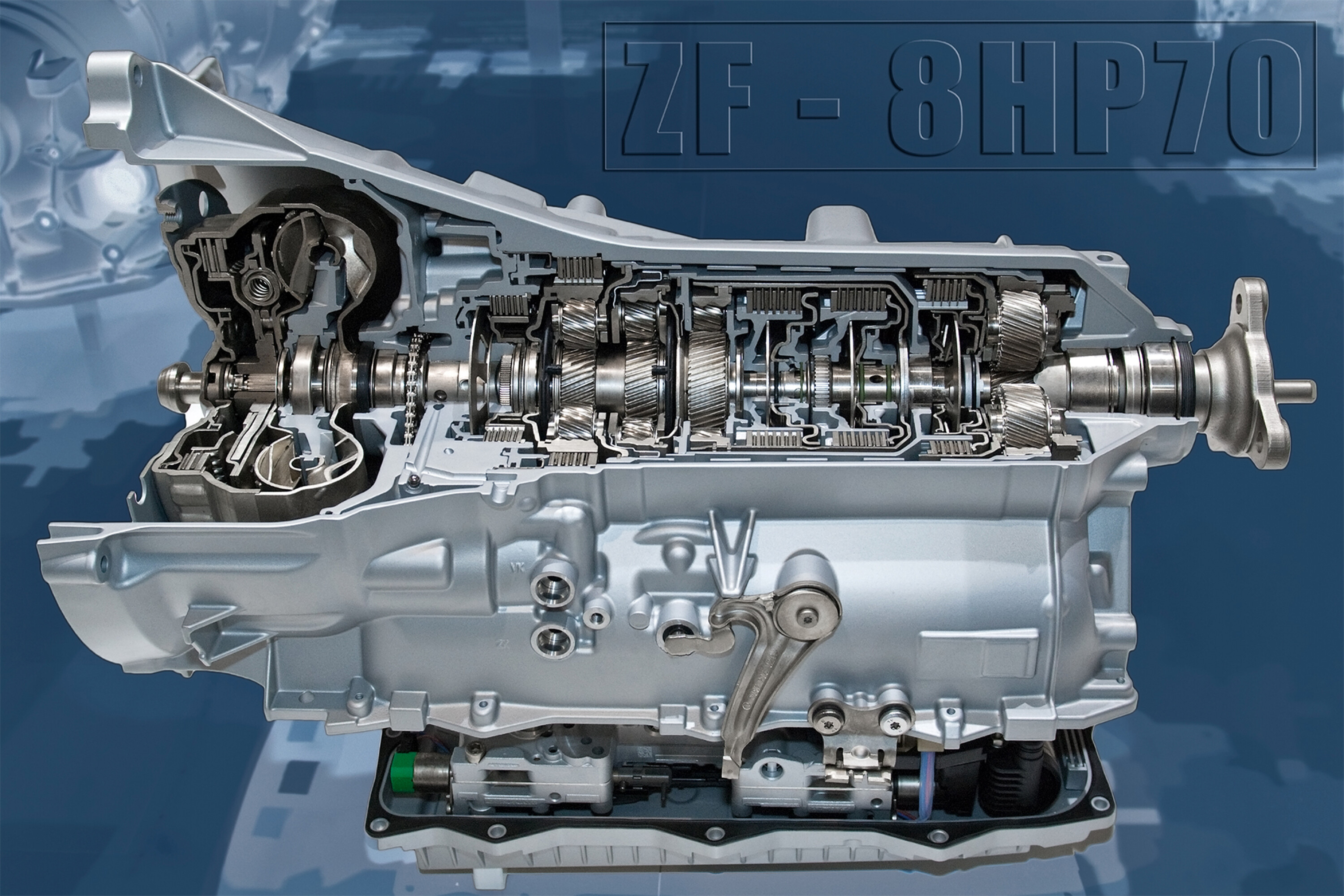
Compatible with rear- or all-wheel drive layouts with torque outputs from 220Nm to 1044Nm, the ZF 8HP even prompted some manufacturers like Audi and BMW (with RS5 and M5 respectively) to ditch DCT installations and return to automatics.
The added length of a torque converter has proven prohibitive in high performance mid-engined applications, but otherwise the ZF 8HP is the transmission that demonstrated that when it comes to shift quality, the auto remains king.
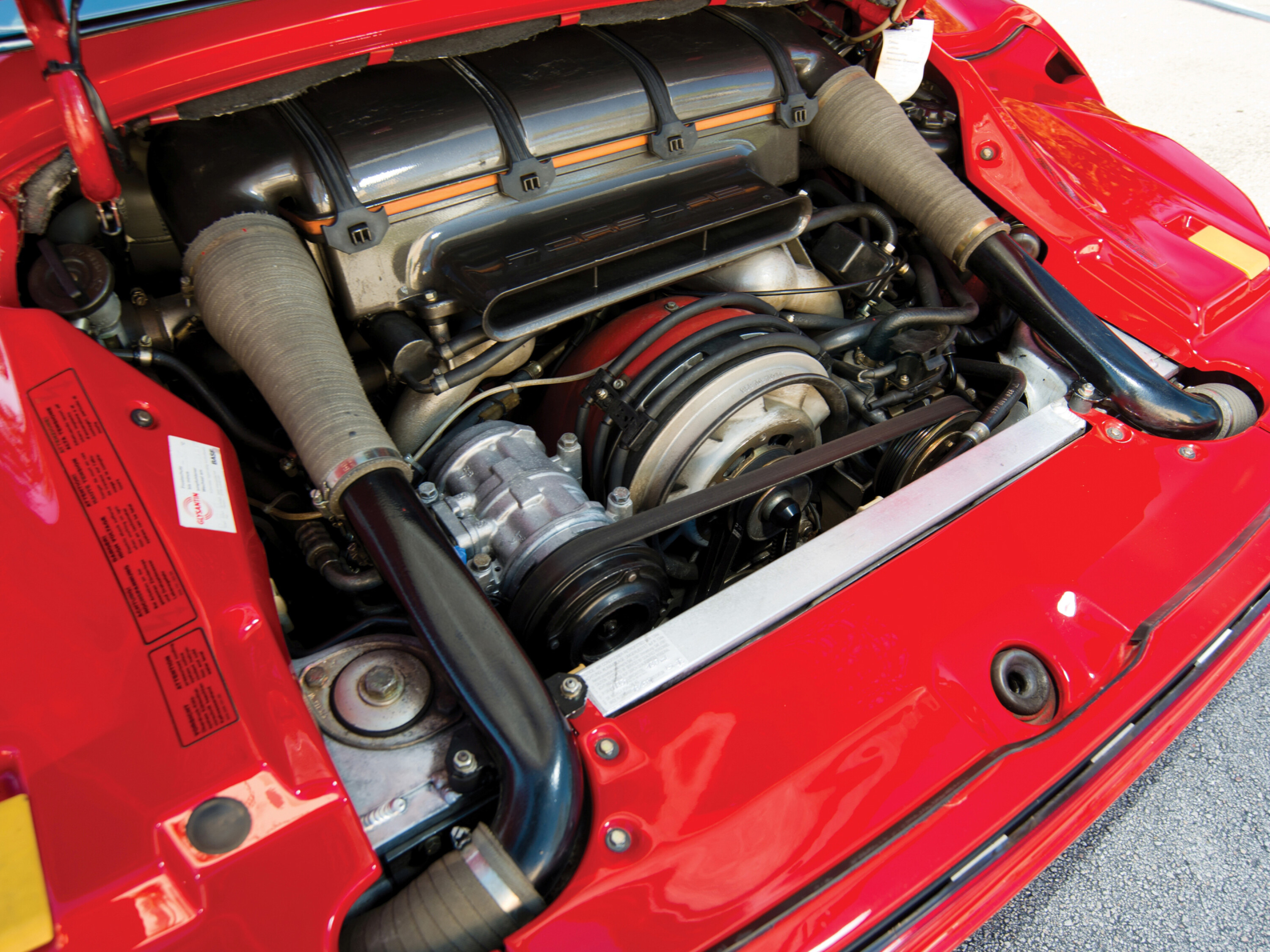
02 – Sequential twin-turbo
1986 – Porsche
Although the design for exhaust-driven turbos dates back to 1905, and parallel-sequential forced induction systems had been toyed with in aviation until the advent of the jet engine, it wasn’t until 1986 that Porsche commissioned KKK to build a series-sequential setup.
Unlike its predecessor, where both turbos would operate under high load and only one would be used at lower outputs, the KKK K26 turbochargers fitted to Porsche’s 959 would see one spool up and then pass the baton to the next at 4000rpm, neatly eliminating turbo lag and improving driveability.
Since then, innovations in variable geometry turbocharging have largely rendered the cost and complexity of sequential twin turbocharging redundant. Those who have ever tried to troubleshoot an FD3 RX-7 turbo issue, we feel your pain.
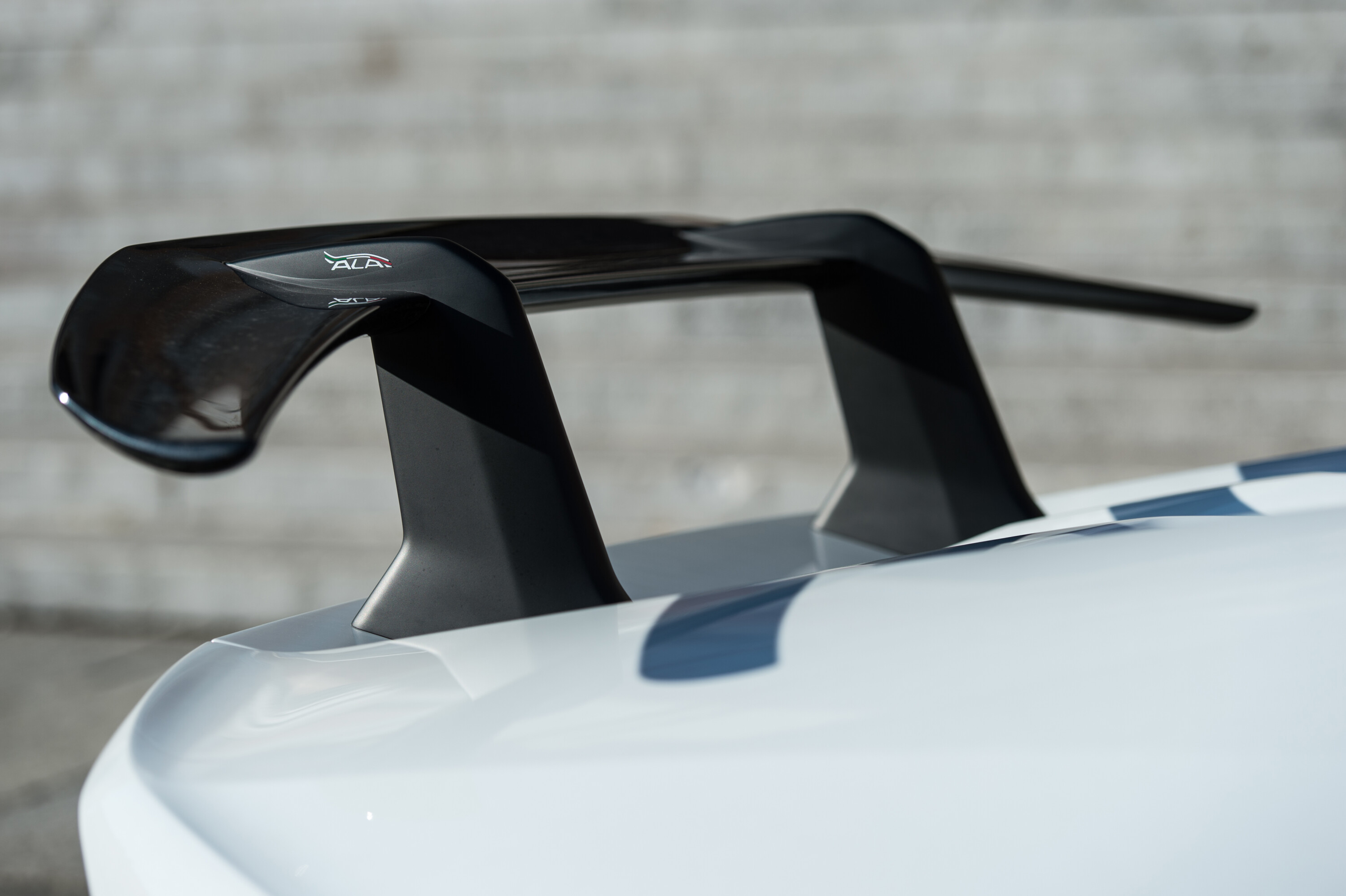
03 – Active aero
1986 – Porsche
Without wanting to make this entire feature a Porsche 959 hagiography, Weissach’s supercar was there with the first automatic ride height adjustment. Vehicles like the 1988 Volkswagen Corrado with its active rear wing and the 1990 Mitsubishi 3000GT with its automatically adjusting front and rear spoilers followed.
Since then we’ve had oddities like the Pagani Huayra with its four moveable control surfaces at each corner or the Zenvo TSR-S with its crazily tilting rear wing. Lamborghini’s ALA system on the Huracán Performante featured aero vectoring to apply or reduce downforce to each individual wheel.
Latterly, Ford’s Mustang GTD uses adjustable ride height, flaps under the front of the car and a rear wing that alters its angle of attack. Leaving aside high performance applications, active aero can improve efficiency with features such as the active grille shutters found on the current Hyundai Santa Fe.
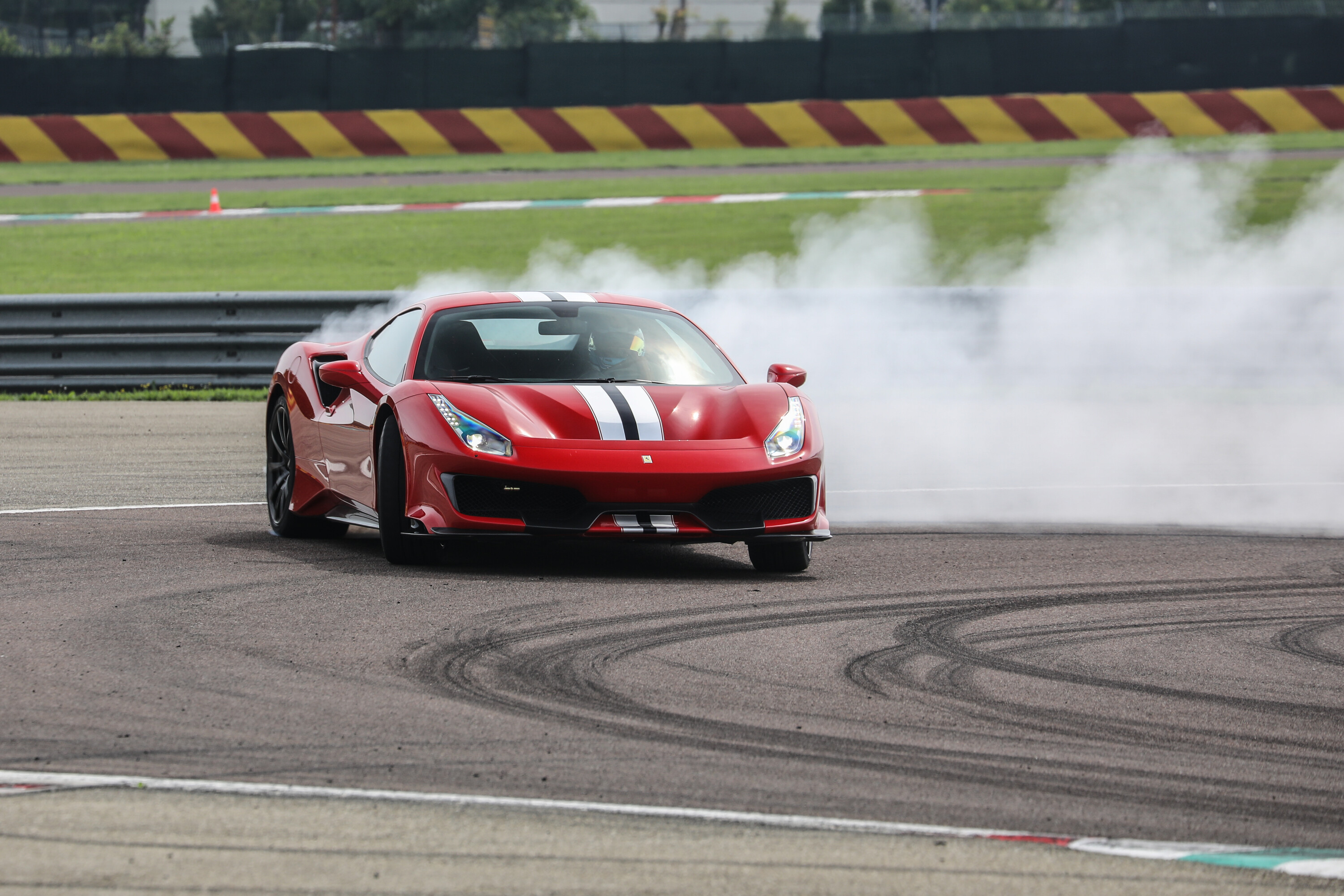
04 – Stability Control
1995 – BMW/Mercedes
Let’s pause for a moment and examine cars before stability control became widely fitted. A Ferrari F40 with 356kW was a handful and Porsche’s last GT car without the fitment of stability control was the 355kW 996 GT2. It was clear that there was a definite power ceiling that a car driving through its rear wheels could reasonably be foisted upon the general public.
These days, you’d happily drive a 610kW Ferrari 296 GTB without checking your life insurance provision beforehand, largely thanks to advances in stability control technology.
Even Gordon Murray has fitted the tech to his latest wares. Rather than prove a drag, stability control has morphed into an enabler, coming from its roots back in 1995 on Mercedes-Benz and BMW products through to BMW’s slick M Dynamic Mode and Ferrari’s otherworldly Side Slip Control. Along the way it has saved many lives as well as the blushes of more than a few motoring writers.
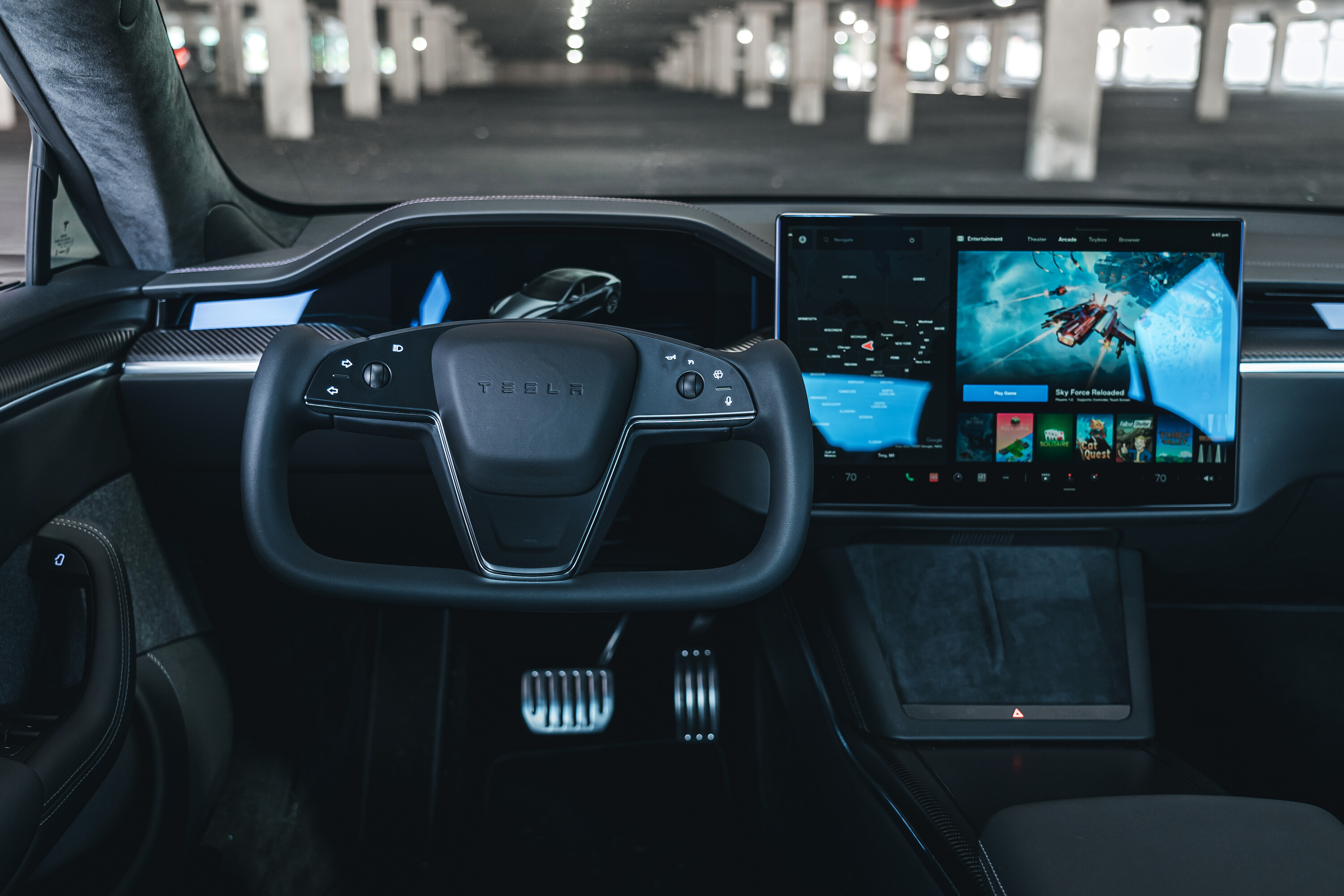
05 – Over-the-air updates
2009 – GM
It’s been more than a decade since a Tesla Model S connected itself to the internet and downloaded a software patch. Yet, while Elon might like to claim that as a first, it ignores the fact that General Motors introduced its Vehicle Intelligence Platform that could update OnStar and infotainment back in 2009.
OTA updates have yet to fully realise their potential, with most still only able to update infotainment functions, dubbed Software Over The Air or SOTA. Tesla has long supported Firmware Over The Air (FOTA) upgrades for the entire vehicle system as well as SOTA capability.
Ford has taken a lead in OTA updates and its Mustang Mach-E features electronics that contain A/B partitioning, which means that the car can install an update in the background while being driiven, and then switch over to the newly updated partition. After all, there’s never a convenient time for a software update, is there?
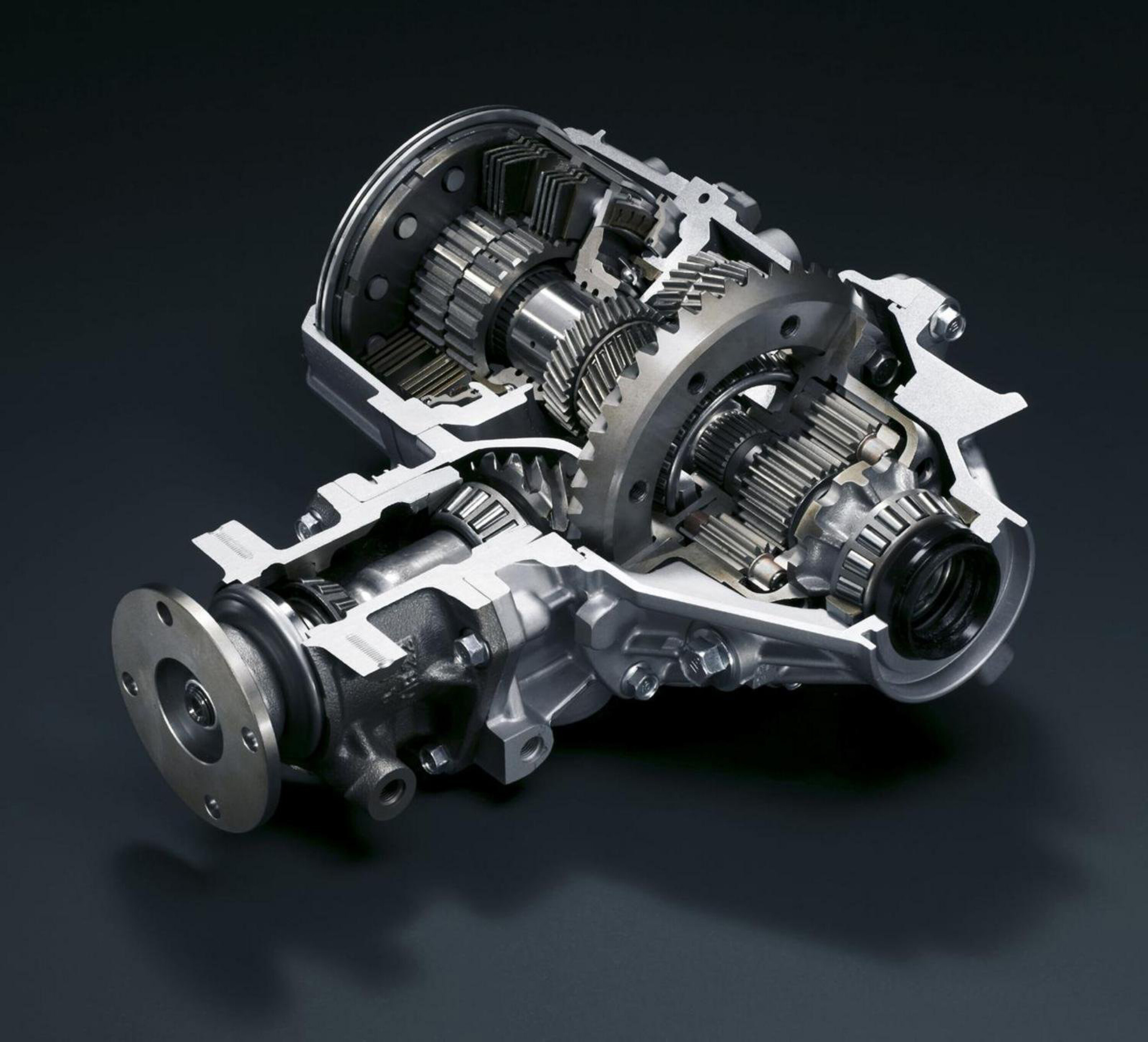
06 – Electronically controlled torque vectoring diff
1996 – Mitsubishi
Mitsubishi’s Active Yaw Control, which debuted on the Lancer Evo IV GSR in 1996 was a revelation. It controlled which rear wheel got a greater or lesser share of torque with an electronically controlled wet clutch pack nestling either side of the differential gears on the rear axle.
Understeer was reduced by directing more torque to the outside rear wheel otherwise the system would detect which wheel could best accept drive and direct it accordingly. When equipped on both axles, these smart diffs can direct torque to any wheel.
The Twinster drive system on the Ford Focus RS and the 4Matic+ system on the Mercedes-AMG A45 S can send high percentages of drive to the rear axle and then to one particular wheel to deliver dedicated drift modes.
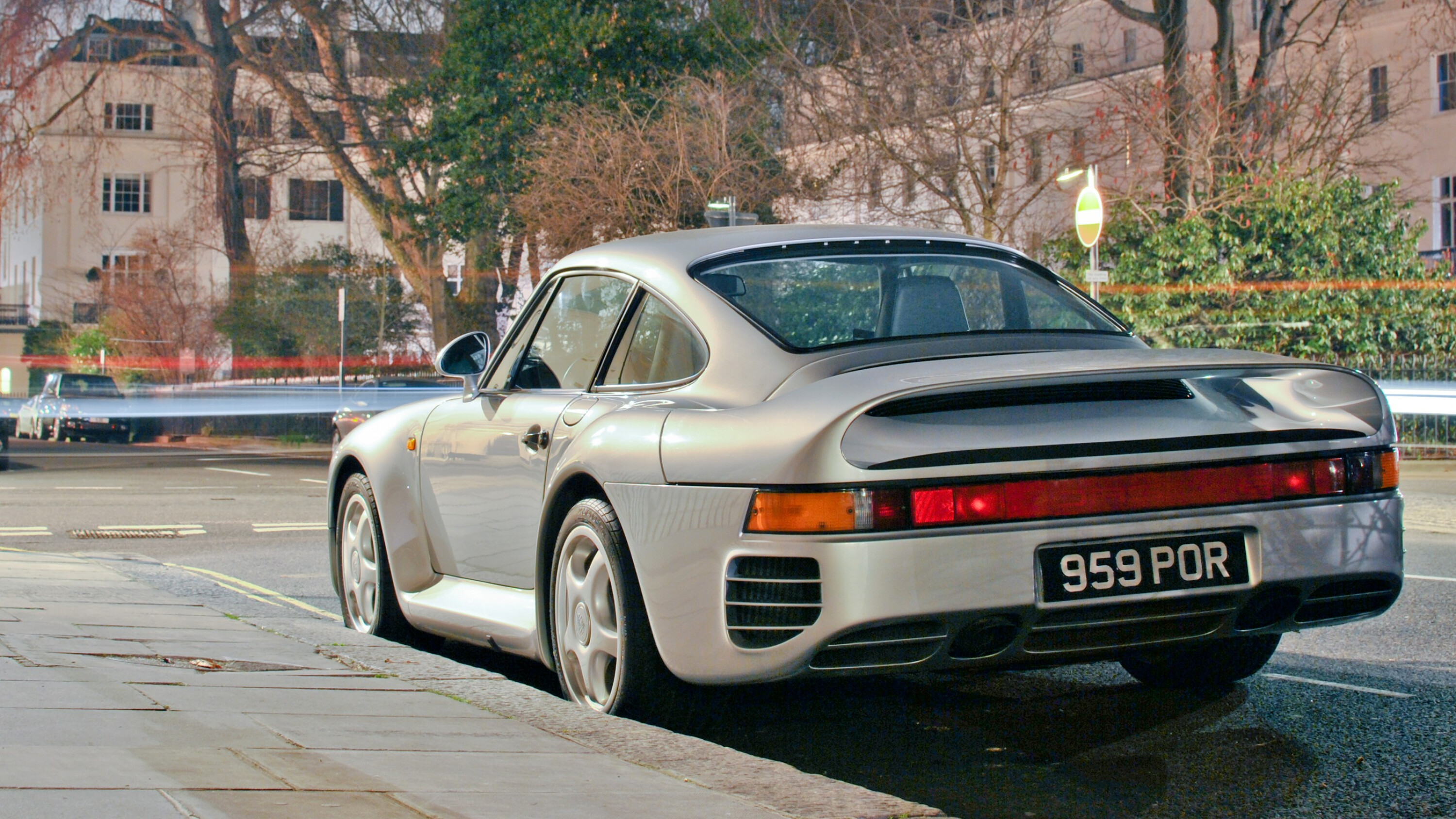
07 – TPMS
1986 – Porsche
If you’re sensing a theme here, you probably won’t take too many guesses at figuring out which car introduced a tyre pressure monitoring system back in 1986.
And while TPMS is undoubtedly a handy thing to have to signal whether you’ve caught a slow flat, does it offer other benefits? You bet. Firstly there’s a significant safety implication that’s only exacerbated by today’s cars putting greater demands on their tyres.
Whether its indirect TPMS, which uses an algorithm based on wheel speeds and other driveline data to model tyre pressure, or direct TPMS which features an in-wheel pressure sensor, TPMS helps improve safety and extend the life of your tyres. It’s a boon for trackday drivers who are frequently monitoring tyre temperatures and exposing tyres to the risk of damage by running kerbs. It also benefits off-roaders who need to see how their tyres are performing in various states of high and low pressure inflation.
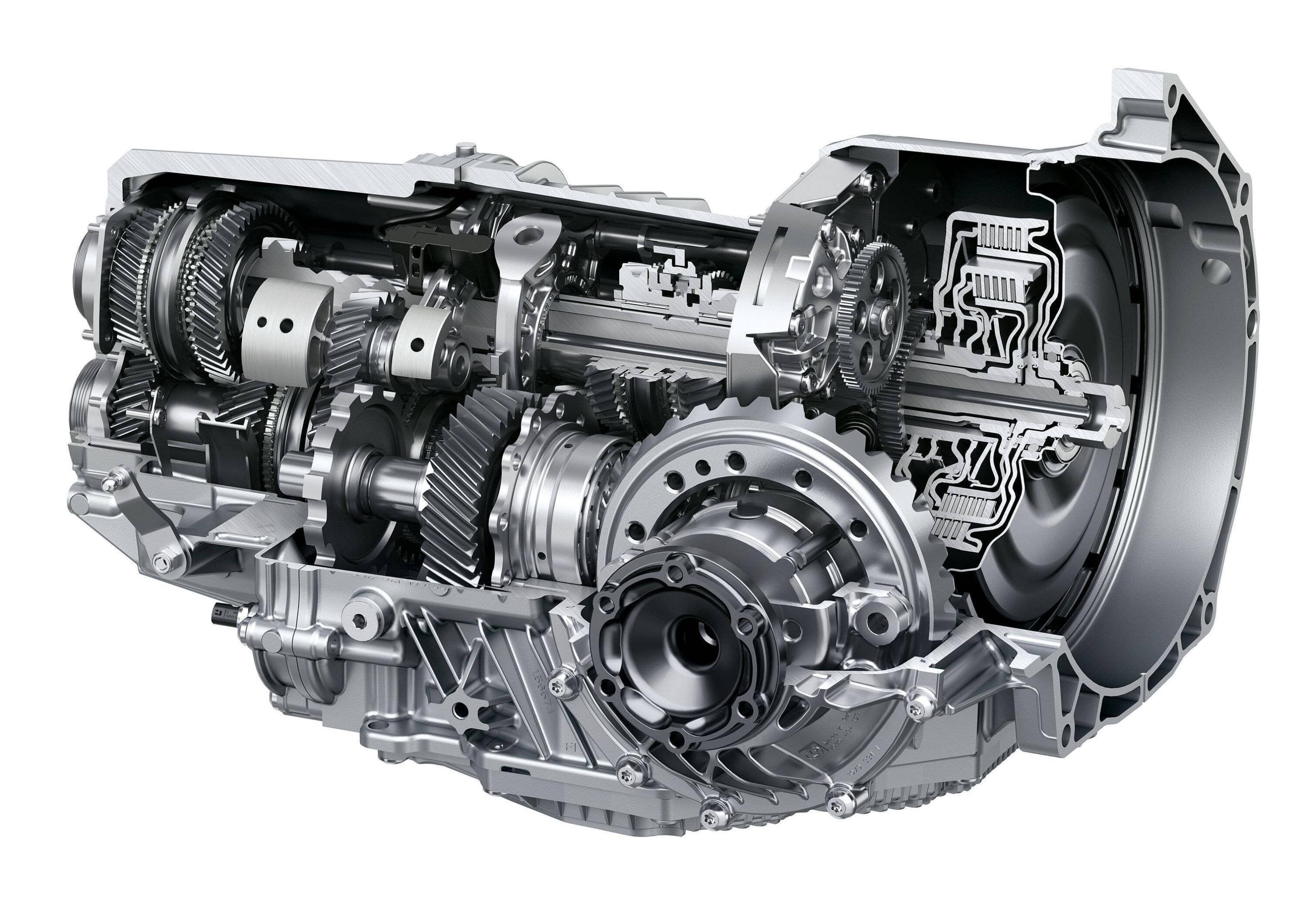
08 – Dual-clutch gearbox
(1973-78)
We’re venturing into slightly controversial waters here, with a certain constituency of drivers holding dual-clutch transmissions largely responsible for the demise of the good old manual.
First seen on the 2003 Volkswagen Golf R32 in a production guise by BorgWarner – not, as some point out, the Smith’s Easidrive ’box of the 1960s – the DCT had its roots in racing applications. The Porsche DoppelKupplung (PDK) dual-clutch gearbox was first tested in 1984 in a 956.
Following further tests, in 1986 a 962 C, chassis 962-003, was fitted with the PDK transmission, claiming victory at the Monza 360km race. Dual-clutches shift quicker, shift smoother and are ultra-efficient when compared to manuals. Is that enough? Your mileage may vary on that one. Examining the buyer behaviour of many car customers, the answer would appear to be yes.
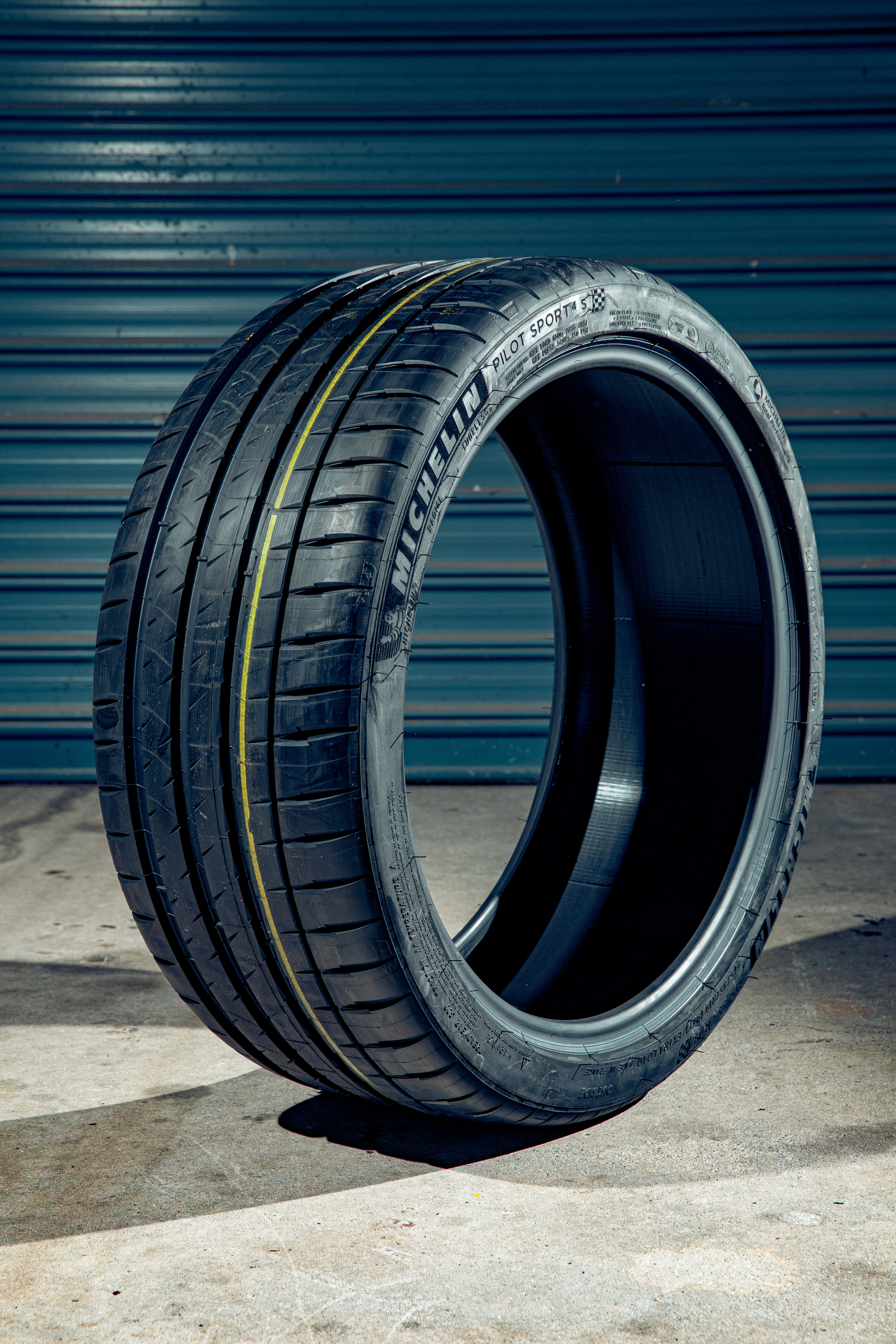
09 – Michelin C3M
1994 – Michelin
Back in 1994, Michelin changed the way tyres were made. Prior to C3M (Carcasse, Monofil, Moulage et Mécanique) the construction of tyres relied on large-scale production facilities that required huge investments in raw material storage and therefore enormous tyre batches to cost-justify.
C3M introduced small, robotised drum-based stations that not only allowed Michelin to rapidly improve quality but also meant that building, curing and finishing could all be performed rapidly on the drum, with no inventories maintained between the building and curing processes. This enabled OEMs to order small batches of highly customised, high-quality tyres cheaply and rapidly.
Pirelli followed suit – and in many ways surpassed Michelin’s efforts – with its 1997 MIRS tech. So the next time you see a vehicle manufacturer logo on the sidewall of a tyre, that’s due to a French invention from Clermont-Ferrand.
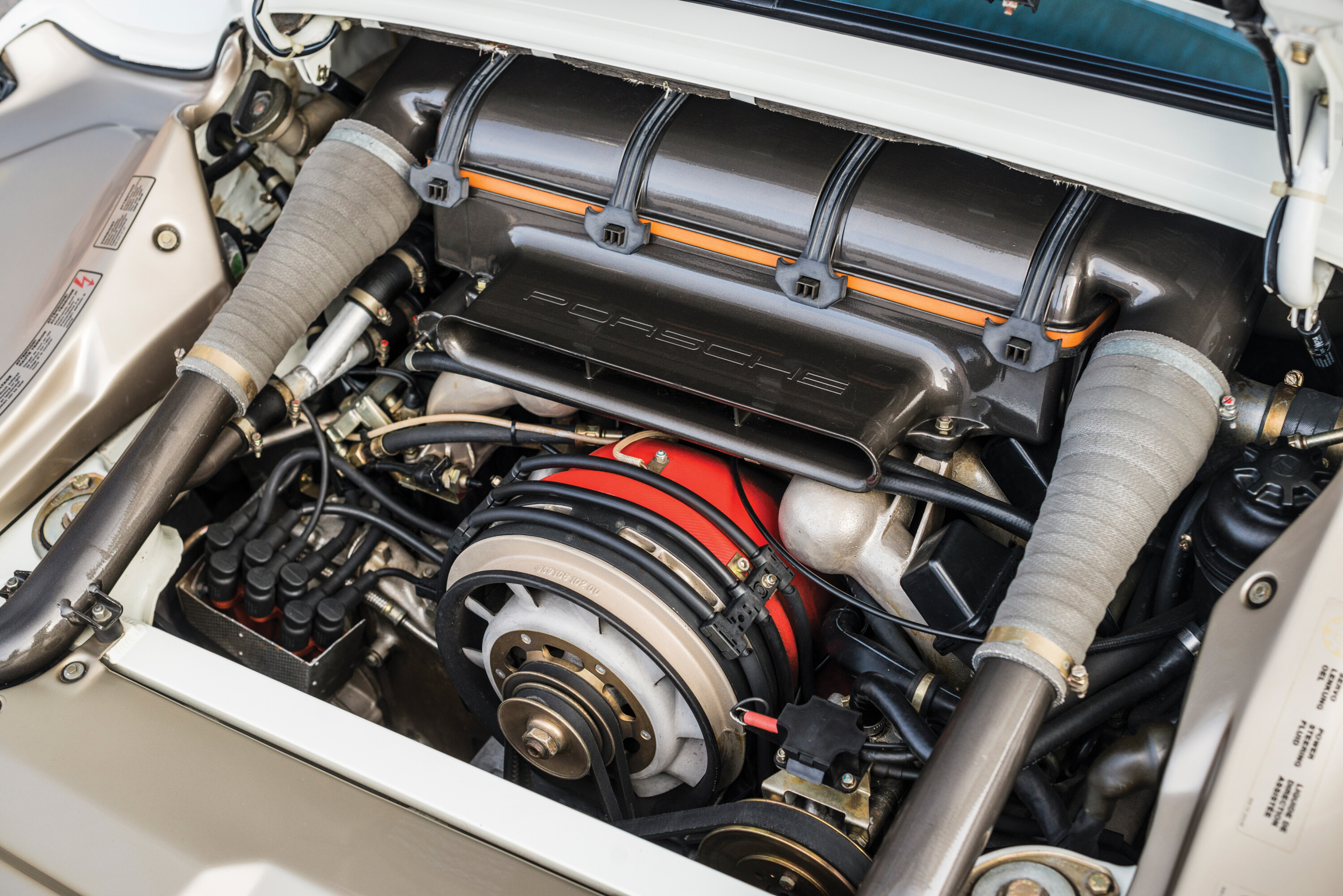
10 – Electrically-assisted Turbochargers
2022 – Mercedes-Benz
Once in a while, a good idea hangs around until technology catches up with it. BorgWarner had tested the concept of an electrically-assisted turbocharger (EAT) in the 1990s, but realised that the 12v architecture of production cars didn’t support its power requirements.
At this point it’s probably germane to get a little pedantic and point out the difference between an EAT and an electric compressor, or supercharger. The latter operates as a standalone item at the intake side, and it’s been used by manufacturers such as Volvo, on the 2016 XC90 T8, and Mercedes-Benz on the M256 engine from 2017.
An EAT still uses exhaust gases as the primary way to spool the unit, but relies on an electric motor to reduce lag. The 2022 Mercedes-AMG C43 was the first to use an integrated Garrett Motion EAT, drawing on the company’s experience in providing such tech to F1’s Scuderia Ferrari and the Le Mans winning Toyota Gazoo Racing program.
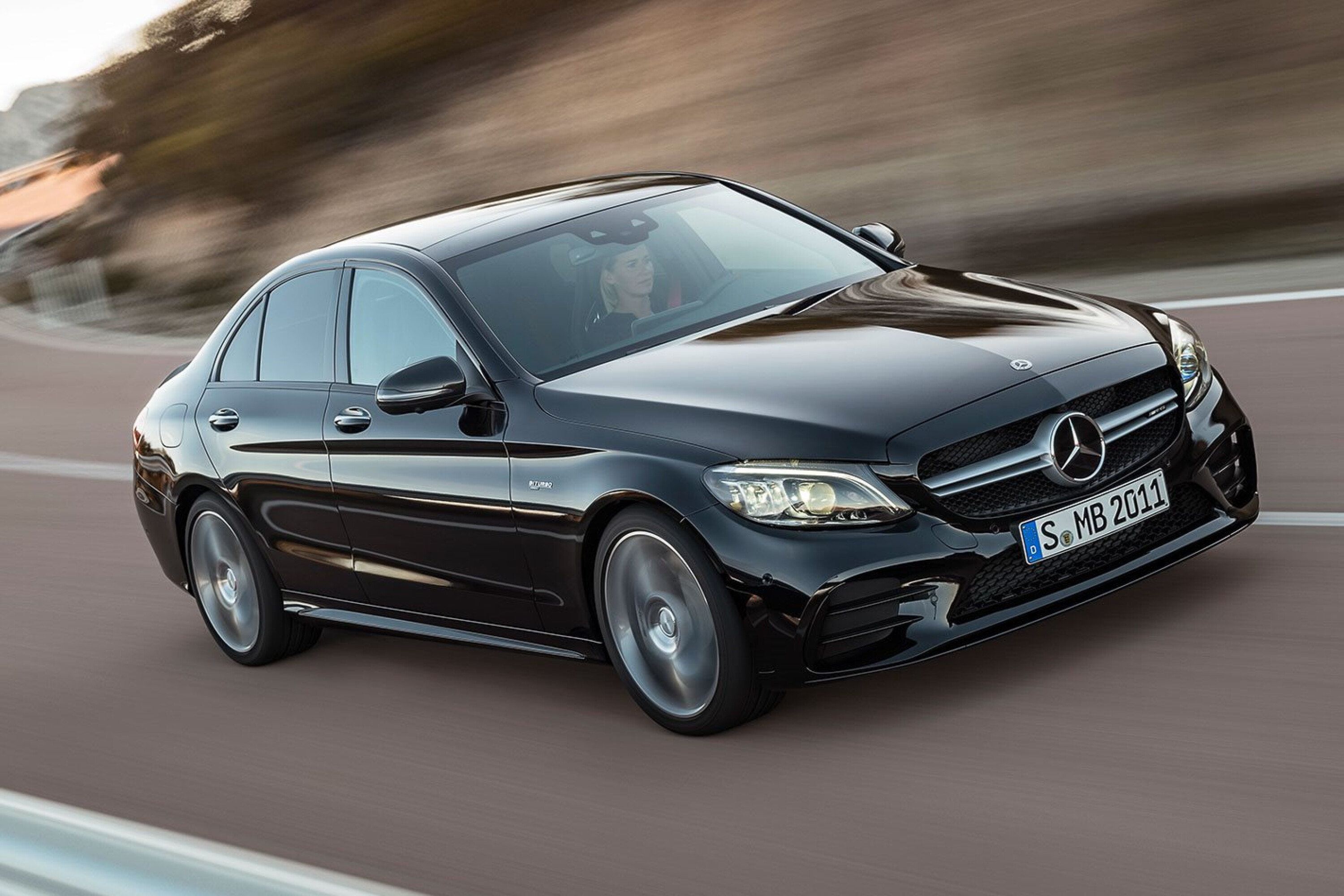
The ability to develop useful torque lower in the rev range is a boon for driveability, but much of the difficulty in productionising the tech comes from packaging. After all, siting an electric motor inside the housing of a device that’s bolted to an exhaust manifold sounds like a great way to melt all of the electronics.
Garrett mounts the motor closer to the compressor side than the turbine side. A water-cooled housing for the turbo already exists and these are also used to help cool the motor and controller.
Porsche also uses an electric turbocharger in the latest 992.2 GTS. This unit, built by BorgWarner draws up to 20 kW to spin the turbine up to 120,000rpm and 26psi in less than or equal to 0.8 seconds, from any point in the rev range. By contrast, the prior 992.1 GTS required more than three seconds to attain its full boost of a relatively modest 18.6psi.
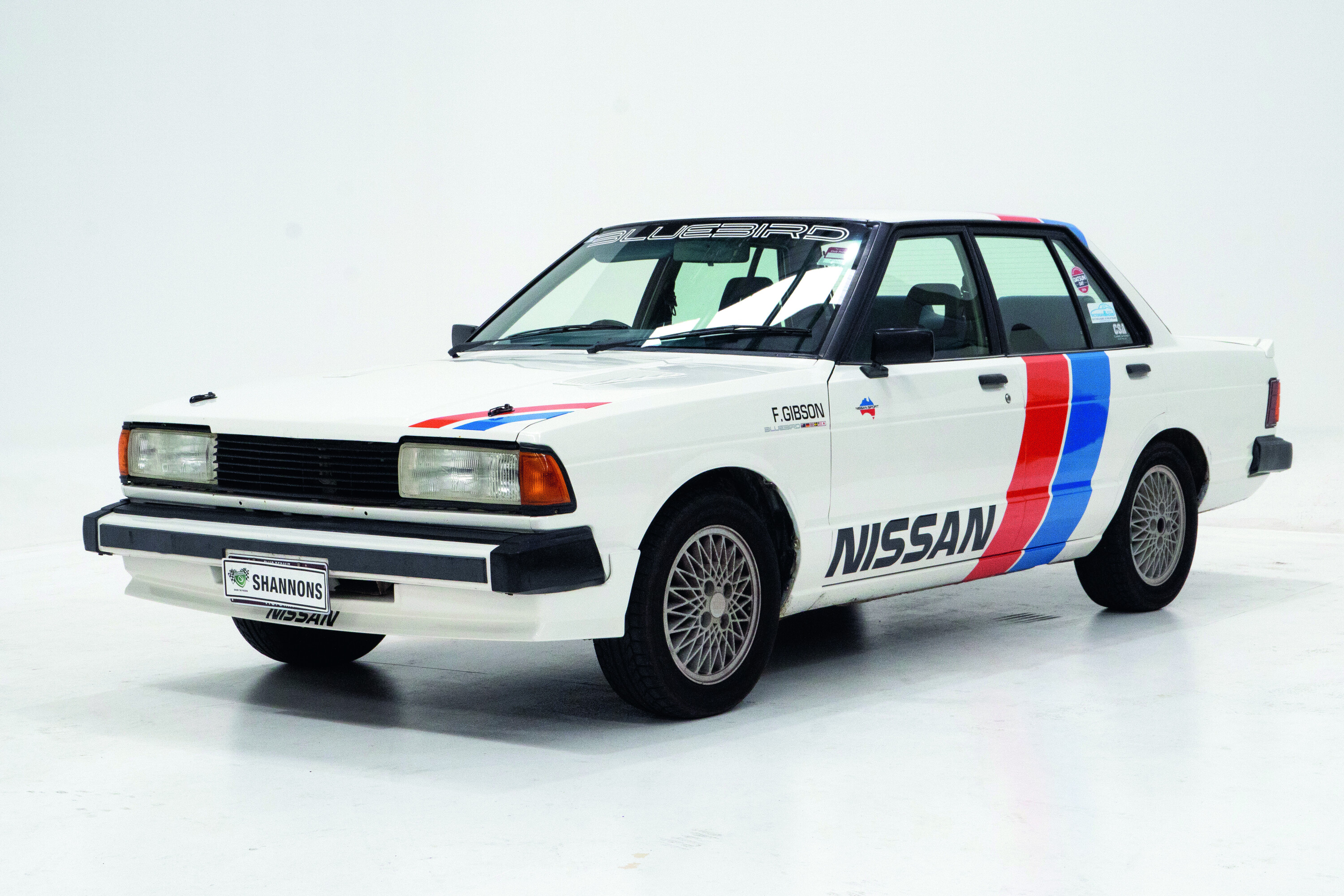
11 – Active Noise Cancellation
1993 – Lotus
Audio scientists have known about what’s called ‘destructive interference’ since the 1930s. Active Noise Cancellation (ANC) drew its first patent in the 50s to help mute aircraft cockpits. Amar Bose designed consumer-spec noise cancelling headphones in 1978, and brought them to market in 1989. The tech is reasonably straightforward, by today’s standards at least.
A reference microphone records ambient noise which gets processed and filtered with feedback from an error microphone that records what the user can hear. A speaker then plays an inverted wave, 180-degrees out of phase at exactly the right time so it lines up and cancels out the ambient noise.
The first automotive application came in 1993, when Lotus applied the tech to the Nissan Bluebird. Lotus? What experience did they have in cabin refinement or audio? It actually sprung from their F1 program, where they realised that destructive interference worked on suspension systems to reduce harmonic vibrations.
From there it was logical to consider how else it could be applied. Hence the Nissan. Nobody quite appreciated what a big deal the ANC was in the Bluebird and the tech sat on the shelf for nearly a decade before being picked up again. It’s fitted to virtually every high-end car built today.
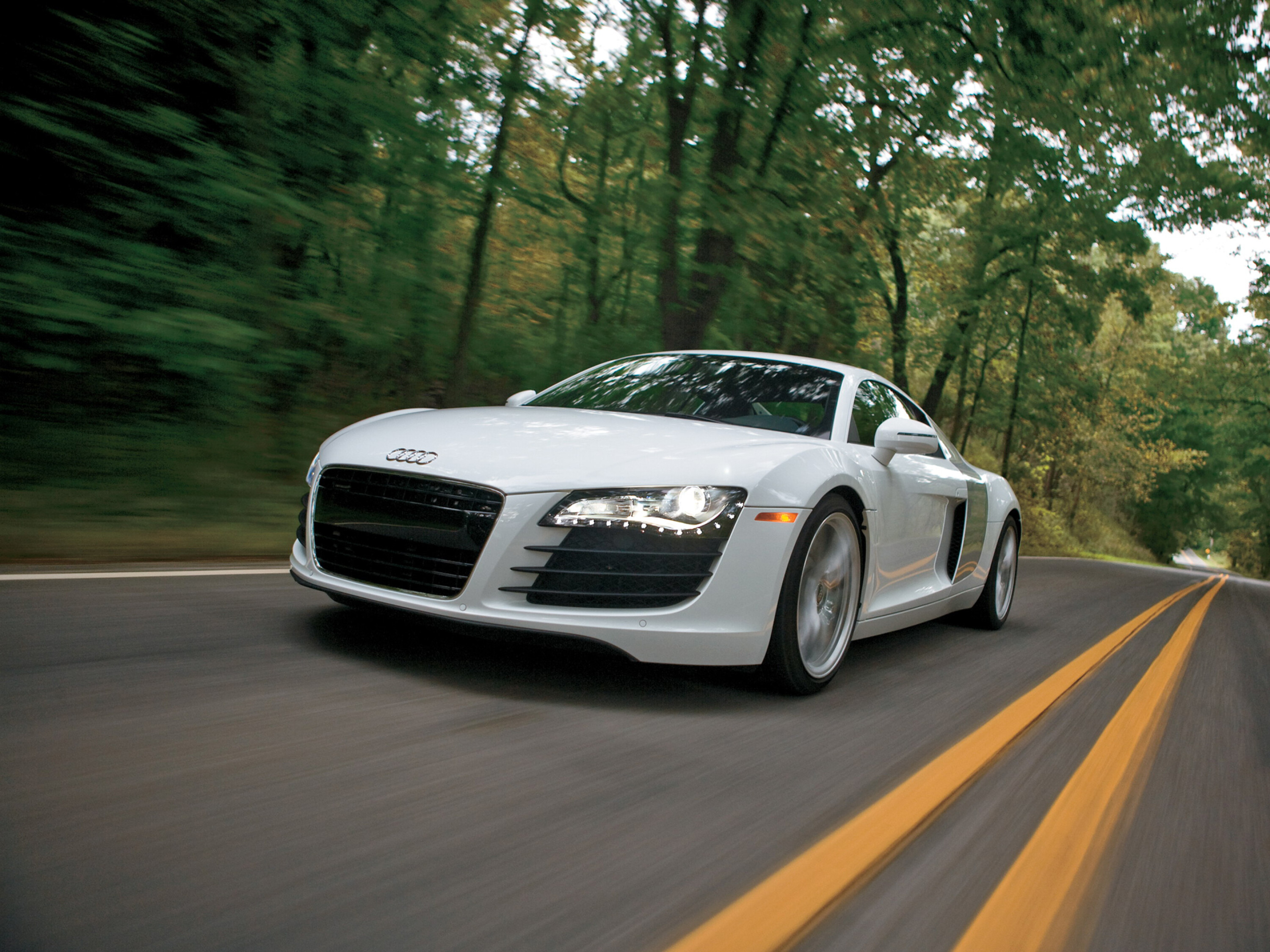
12 – Magnetic Dampers
2022 – GM
Yield point shear stress. Sounds like a pretty nebulous concept, but if you can control that aspect of a damper’s fluid by using an applied magnetic field to align particles within it, it’s possible to change its effective viscosity.
Bingo – instant adaptability. Developed by GM’s Delphi and first seen on the 2002 Cadillac Seville STS, it also featured on the 2003 Corvette C5 and the 2006 Audi R8. This ability to change ride quality from relaxed to firm was adopted by manufacturers such as Ferrari, Lamborghini, Ford, HSV, Honda, Land Rover and Chevrolet amongst others.
Aside from its flexibility, another advantage of MagneRide systems is that there are no moving parts or valving structures needed to actuate the state change, operating almost instantaneously.
We recommend
-
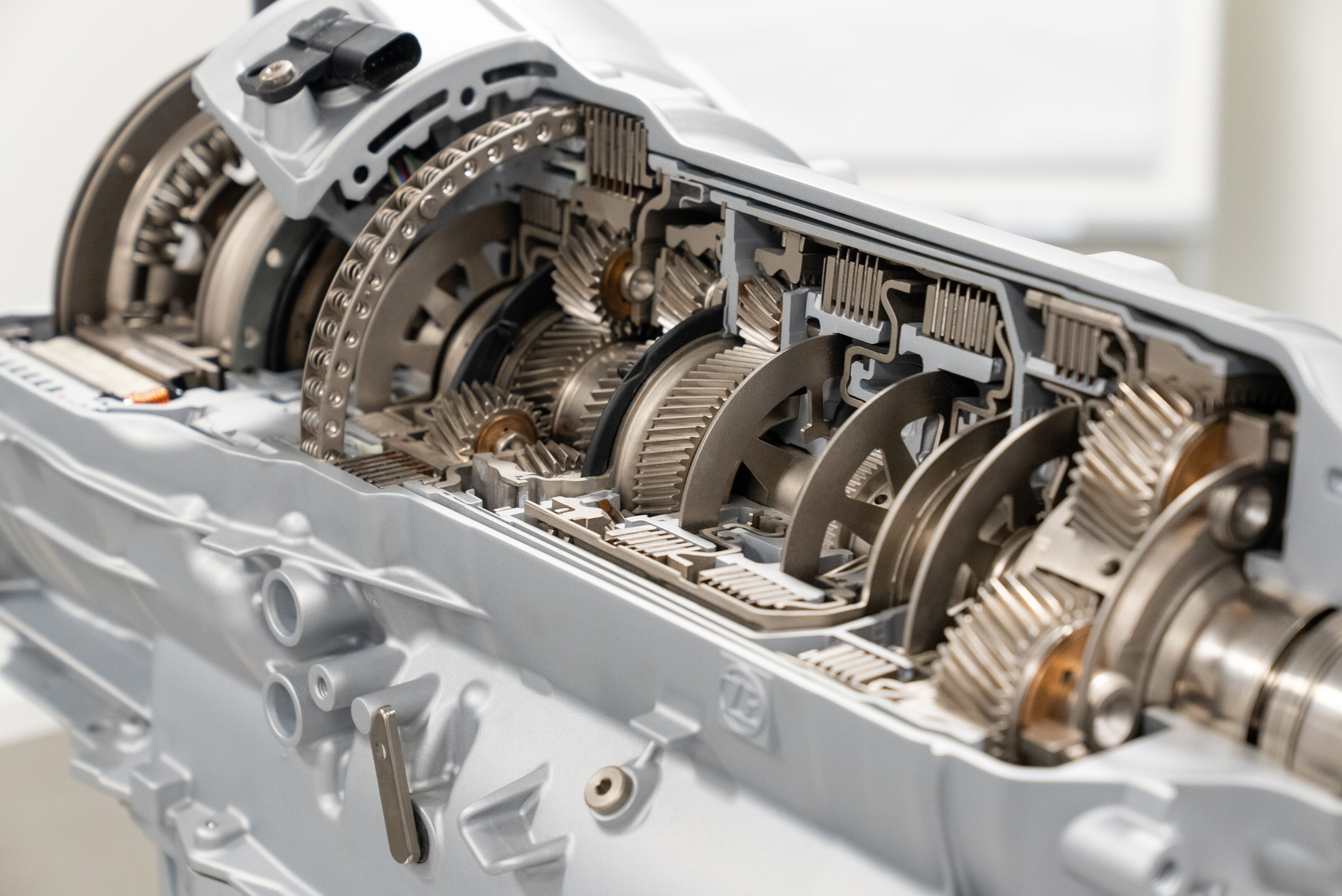 Features
FeaturesAutomatic for the people: The story behind ZF’s eight-speed gearbox
Heard about the transmission used by Bentley AND Rolls-Royce? Audi AND BMW? Here’s how ZF bridged some intense rivalries
-
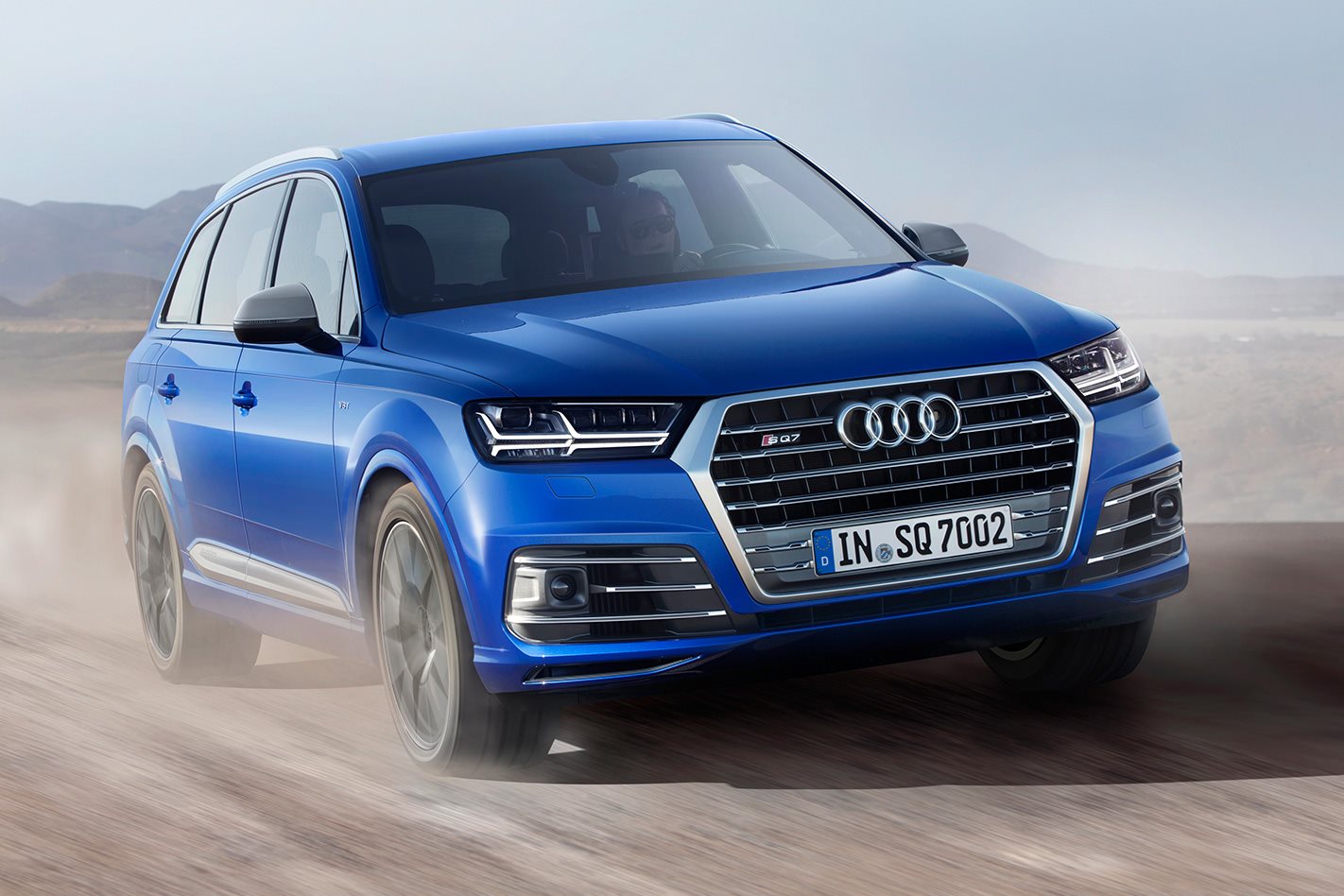 News
NewsAudi SQ7 debuts electric turbo
Innovative electric compressor teams with two turbos for Audi’s newest 320kW/900Nm V8 diesel-powered SUV
-
 Performance COTY
Performance COTYGeneral Motor’s Magnetic Ride Control Dampers were the coolest suspension at PCOTY 2022
The Corvette C8 Stingray comes fitted with clever dampers unlike anything else in the field



